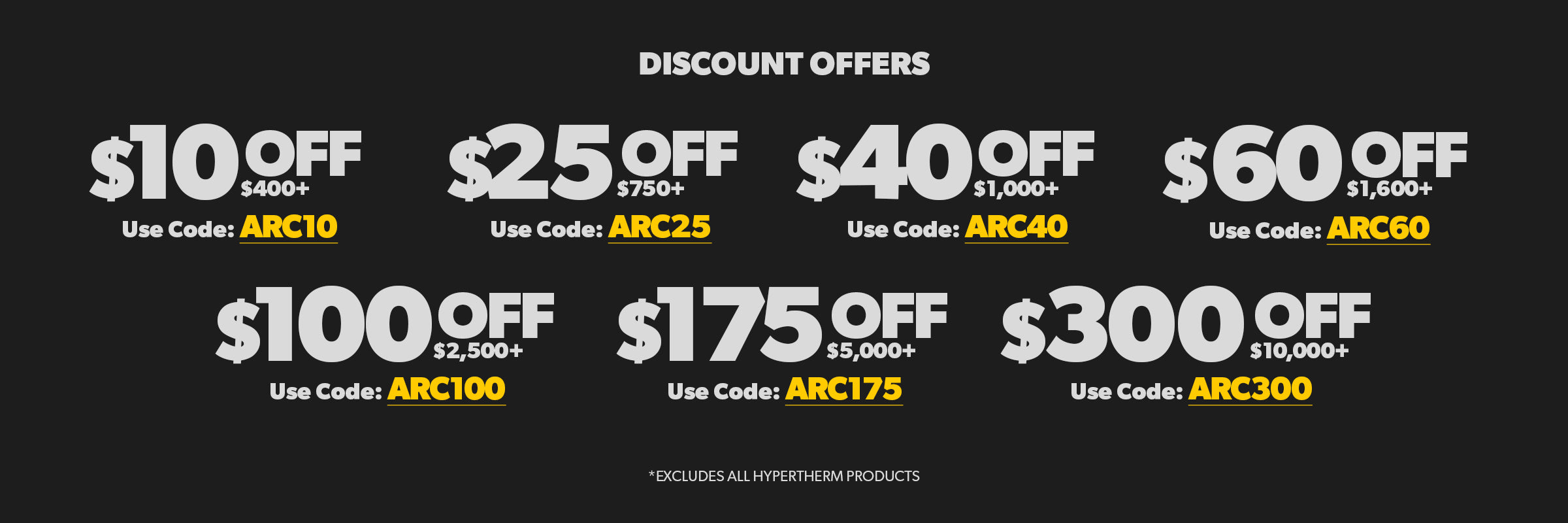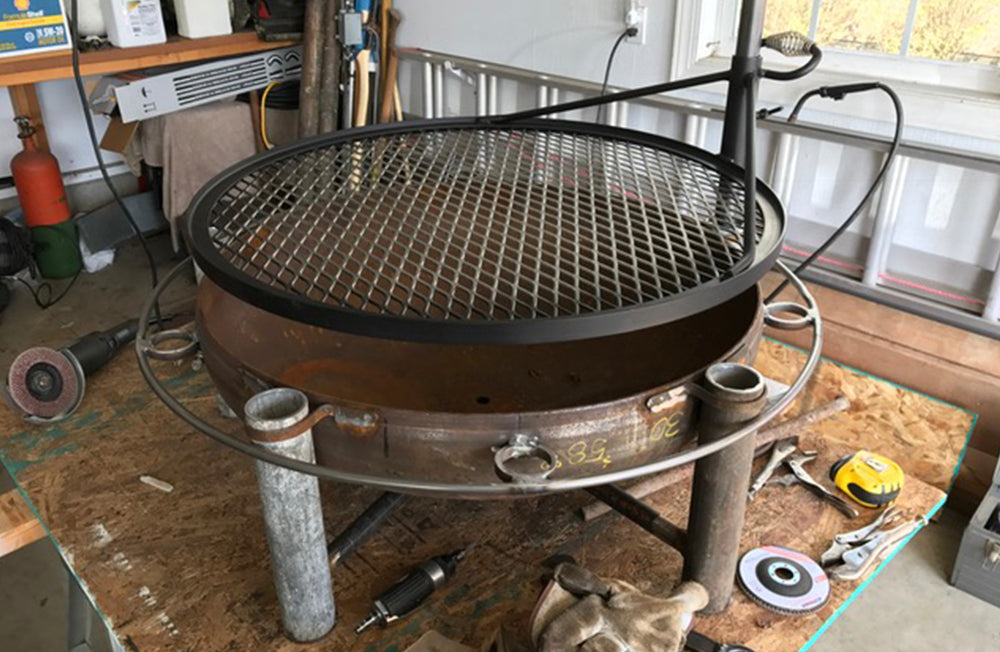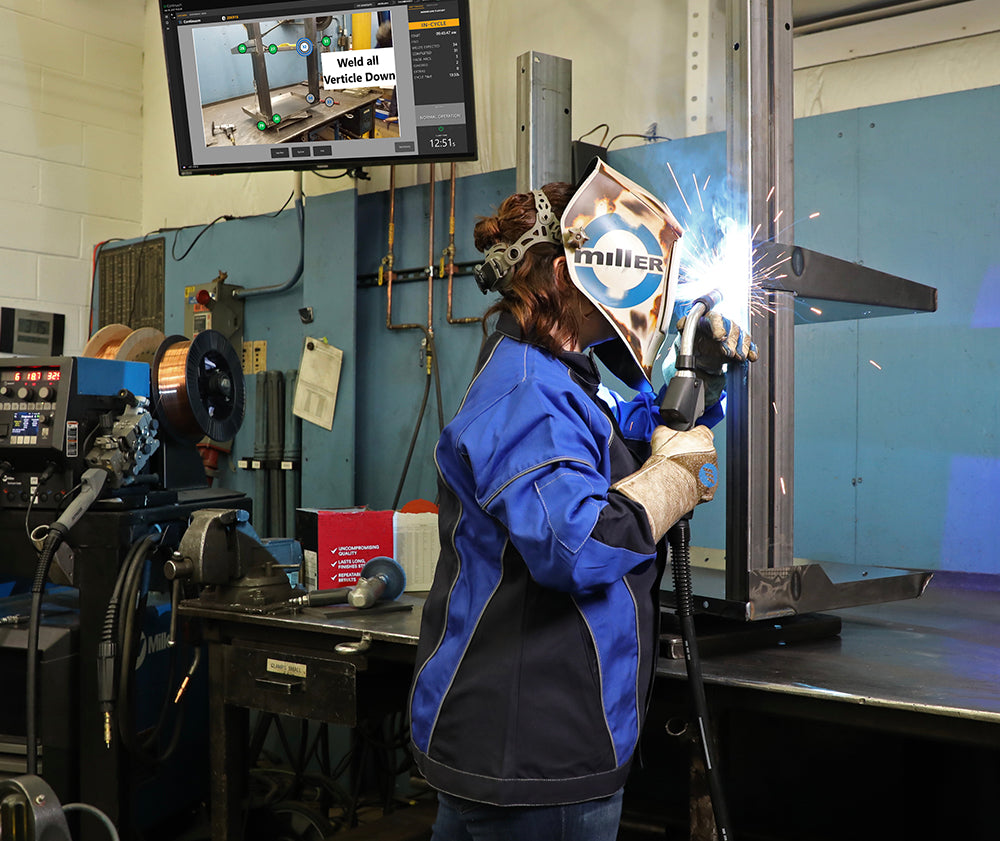While the icy cold grip of winter still has a strong hold on most of the country, Summer is coming soon. And what better way to dream away the snow than the tangy, juicy flavor of homemade BBQ cooked on a homemade grill? Building your own grill is the perfect project for welders of any skill, but there are some key tips to consider that’ll really take your meat machine to the next level. If you want to learn how to make a homemade grill, keep reading below.

Put a Lid On It (or don’t)
Open pit grills are enchanting to watch. They’re everything we love about a traditional campfire, but much easier to cook on. These open designs are easy to fabricate and make but difficult to use if you're serious about grilling. The main issue is that heat rises past your food and quickly dissipates into the atmosphere. With the loss of heat, cooking your food evenly becomes tricky. For this reason, we don't recommend cooking hamburgers in an open pit grill, as you'll end up with burgers that are charred on the outside and semi-cooked on the inside.
By designing a grill with a lid on it, all the heat produced by your flame doesn’t go up and away from your food. Instead, it stays trapped inside your grill, surrounding your meat. This gives you much more even heating and also allows your BBQ to get hotter much quicker. This is the reason why 90% of your serious, store-bought grills have a lid.

However, welders often encounter a few problems once they put a lid on their homemade charcoal grills. For instance, you might find that every time you put your lid on, your fire dies. The reason for this is that your grill still needs good airflow and a way for smoke to escape. This article is mainly focused on DIY charcoal grills and wood grills, so if you’re hoping to use propane, that’s on a whole different level we won’t be covering here.
Most DIY grill designs with lids use at least two holes. First, a lower hole allows air to come in. Now, if you’re hoping to build the world’s worst smoker, that’s all you need. However, the smoke needs somewhere to go, especially with wood-burning grills. The simplest solution is to cut a second hole in the top of your BBQ and add a tall pipe so the smoke isn’t just billowing out into your face. If you want to get really fancy, add a nice little chimney cap over the top of the pipe to keep water from going inside when it rains.
Gotta Catch ‘Em All
Building a wood or charcoal grill is a great choice. They’re easy to transport and simple to fabricate. The downside is that they produce a lot of ash. The simplest designs basically just leave the ash around the fuel source like a campfire. This means that after every few good uses, you’ll need to clean out the entire bottom of your grill.
Having an ash trap below your fuel source is a more complex design with additional steps, but it's ultimately better. Your logs or charcoal sit on a metal grate above your ash trap. As the fuel burns into ash, it falls down into the trap so it can be easily dumped. Some clever designs will make the ash trap removable for easier cleaning.

Another benefit of ash traps is that the empty space below the fuel source creates better airflow. This might not matter too much, depending on your fuel source, but it’s definitely helpful for wood-burning grills.
Beware the Barrel
Using an old propane tank or barrel can be great for creating your own grill. The circular shape means you can cut it directly in half for an open-pit design or cut a panel out to make a lidded grill.
The most important thing to remember when choosing this type of DIY grill is to pick a barrel that's safe to use, meaning one that didn't previously hold any toxic substances. There has been more than one reported case of someone using an abandoned tank, not realizing it was coated in toxic chemicals. Even if the barrel didn’t store anything toxic, it can often be coated in paint or other protective layers that create poisonous fumes when exposed to flames.

The first tip is not to use a tank or barrel if you don’t know where it has been. Yes, it’s great to recycle abandoned material. However, barrels are so commonly used to transport all sorts of toxic chemicals that it’s not worth playing Russian Roulette over a hamburger. Some businesses will sell old barrels and can often tell you exactly what it has stored. Propane residue, while toxic, can be easily cleaned from a tank (which is often why you see propane tanks being used for grills).
Besides what the barrel has stored, you also need to think about any paint or protective coating it has. If you’re unsure if it’s non-toxic, it’s best to just sandblast or grind your tank clean (or buy a brand-new barrel). After that, you can repaint your tank with a non-toxic layer to protect it.
How to Build a Charcoal Grill With Welding Supplies from IOC
Going from an “okay” homemade grill to an awesome grill does take a little bit more planning and hard work. But the results can be incredibly impressive. Of course, having the right equipment is always key to achieving an end product you’re proud of. If you need a new machine, protective gear, or consumables, make sure to check with Welding Supplies from IOC first.




